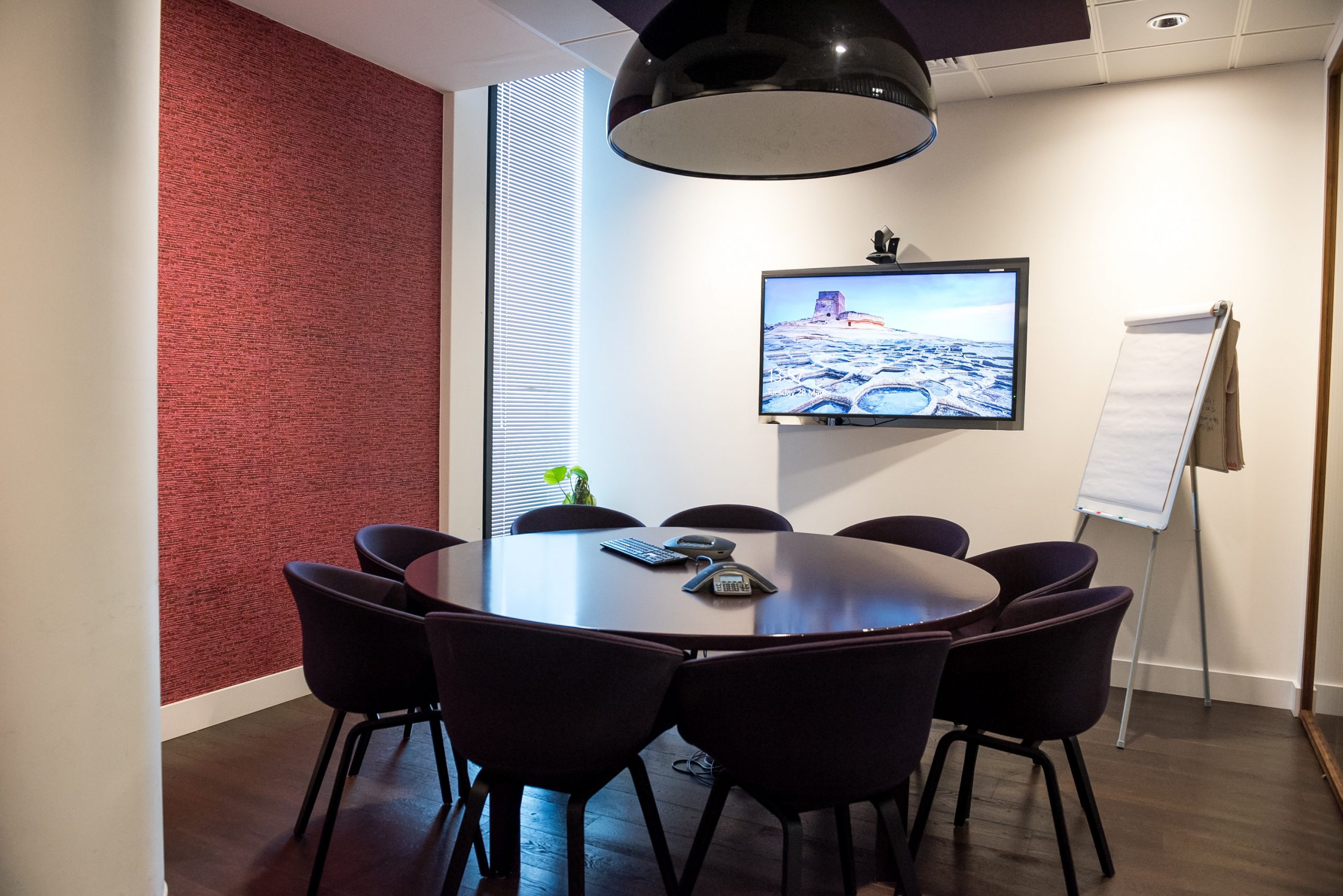COVID-19 is changing the norm for many aspects of our lives we take for granted. The way we socialise, the way we exercise and even the way we treat our eyes. (Sorry, that was very forced.)
It’s certainly no surprise – nor new news – that the regular way of interacting in a workplace has also changed.
What’s still unclear is how long government guidelines will be in effect, and whether we’ll see long term changes in the way modern businesses operate. After all, once we realise the world won’t end if we’re not in the office (from 9 to 5), what’s stopping us making that change a bit more permanent?
While we have been working with global partners for years, which means deploying a range of tech solutions to remote connections, we’re new to the remote workshop space. Here’s 7 things we picked up last week from our first foray into this “new normal”.
1) Everything takes longer
There are so many small social cues that we take for granted when running a workshop in a physical space. People who are about to share something stand up a little straight, raise their head and make eye contact with the person talking.
Without these easy cues, extra time is spent giving people a moment to unmute themselves and share a thought. It might be a teething issue, or it may be an indication that our video conferencing tools need to evolve to meet the demands of team-wide interaction.
2) Snacks are important
For lots of people, the best part of a workshop is the menu. Maybe this is reflective of the same kind of mentality that conflates workshop attendees with efficiency? Maybe it’s reflective of the workshop?
While the mind certainly needs fuel (especially for an afternoon appointment), the interaction at the snack table lets people breathe for a minute, familiarise themselves with the group (beyond “icebreakers”) and often leads to better collaborative outputs in the end.
3) Individual tasks should be done prior to the workshop
We love to break in and out of groups during a workshop. Take 10 to individually concept, giving everyone a chance to get their own ideas out, then come back to explore the best concepts as a team.
While jumping in and out of video chats, or even just muting mics and working until you are “brought back”, it’s already hard enough to manage people’s engagement video a conference call without adding extra hurdles. Where possible, more pre-work means less headaches on the call.
4) Video is compulsory
Almost every business we speak to is or has already implemented this as part of their remote workflow. We need video in order to effectively communicate with people, and to empathise with their ideas. Disembodied voices simply doesn’t cut it.
While I appreciate that not everyone likes to be on a video call – though I personally find it difficult to explain why this would be the case – we’re all aware that these are less-than-perfect working conditions. Kids might – and probably will – interrupt. Flatmates will intrude. The postie will visit with your urgent loo roll delivery. Life happens, we’re all in the same boat. Turn on your camera.
5) Keep the tools simple
There are some really in depth digital whiteboard tools out there. But when it comes down to it, the goal of a workshop is to capture as many concepts as possible, as quickly as possible, so we can identify the gold. All the bells and whistles that make those tools so sexy, also make them too convoluted for a Jump in, Get dirty mindset.
K.I.S.S. For every tool.
6) Brevity is best
In retrospect, I would have liked to break our workshop in half and run it on consecutive days. Not just a quick 10min break in the middle (as we did), but a full day. This would also help with point (3), giving us time to explore concepts before breaking out into individual work.
This is largely because…
7) It’s much bloody harder than a physical workshop
It’s exhausting. Managing people in a room is already mentally demanding – identifying people who are sharing too much, or too little, and following social cues to get the rhythm flowing. Managing the ins and outs of flowing ideas and conversation is much harder when everyone is a small thumbnail on a screen, and we lack the smaller indications that people want to engage.
This is just as true for everyone else on the call. Everyone is more tired, is sitting in a bubble of isolation, and needs your empathy with workshop scheduling. So keep in mind that everyone needs a little bit of extra love and see how you can break the session into smaller chunks to help people be as effective participants as possible, and make the work shine.
